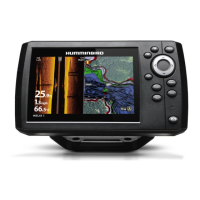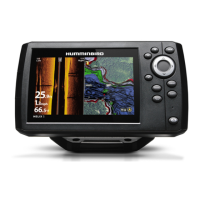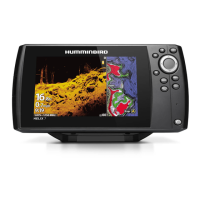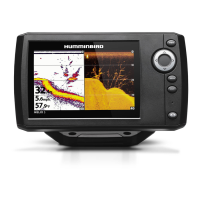When all the echoes are viewed side by side, an easy to interpret
“graph” of the bottom, fish, and structure appears.
The sound pulses are transmitted at various frequencies depending
on the application. Very high frequencies (455 kHz) are used for
greatest definition but the operating depth is limited. High
frequencies (200 kHz) are commonly used on consumer sonar and
provide a good balance between depth performance and
resolution. Low frequencies (83 kHz) are typically used to achieve
greater depth capability.
The power output is the amount of energy generated by the sonar
transmitter. It is commonly measured using two methods:
• Root Mean Square (RMS) measures power output over the
entire transmit cycle.
• Peak to Peak measures power output at the highest points.
The benefits of increased power output are the ability to detect
smaller targets at greater distances, ability to overcome noise,
better high speed performance, and enhanced depth capability.
How Sonar Works
2

